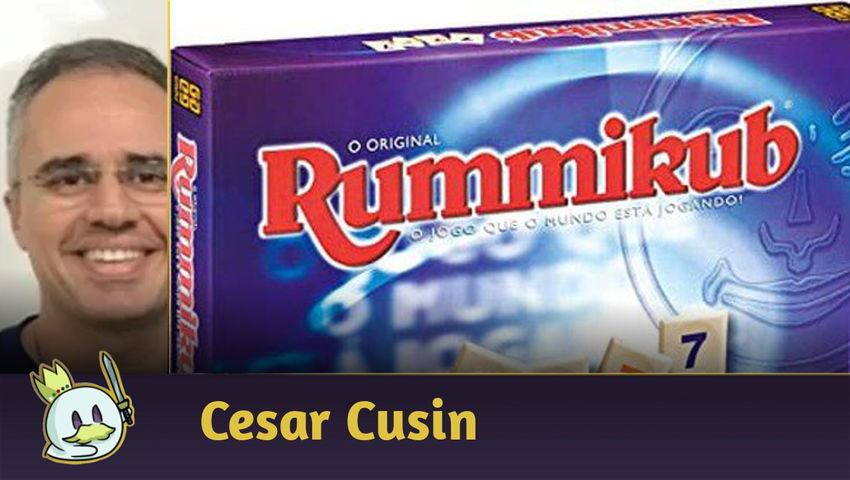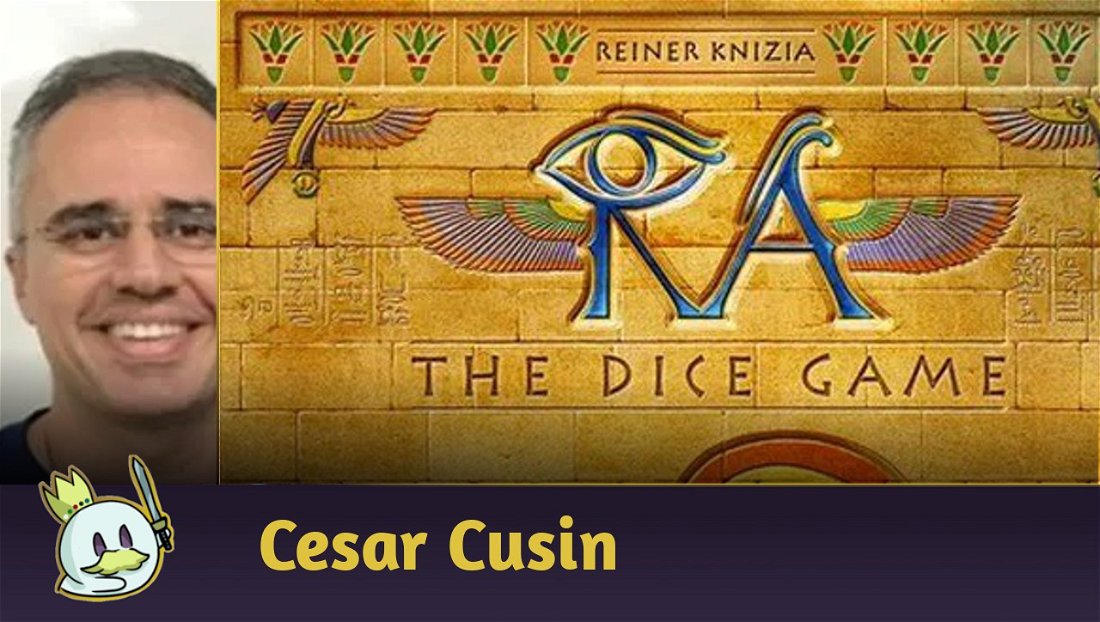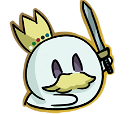Rummikub
Rummikub is a family game that doesn't abandon strategy and emotion with every move. Its success is also due to its combination of elements from several other games, from rummy (card game), Dominoes, Mahjong and Chess.
At the beginning of the game, it is strategic to hold on to some tiles that were already possible to be played, so you force the other players to play more games or perform more moves and remember, the more games at the table, the more moves we'll have available.
Sometimes, it's worth that even if you have a group or sequence with 4 tiles, choose to play only 3 of them. This gives you a better chance of not going blank next turn and not having to take one from the pile.
Keeping the Joker in your support can be a good tactic, but mind you, if someone is near the end of the game, that Joker can take you 30 points down. Use it wisely!
The general idea is to always have at least one tile to drop when it's your turn. For this, it is worth holding some tiles, or the Joker in some games. Anyway, it is possible to go to the extreme of spending a turn with no actions, even if it costs you to pick up a tile from the pile, to have more options in the next turns.
End of Game
The game ends after 3 full games, the player with the highest positive balance wins.
Teaching Tips for Rummikub
Rummikub, in addition to being fun and very strategic, helps to develop mathematical logical reasoning, thus favoring the construction of mathematical knowledge.
You can use Rummikub to teach numbers, colors, group formation and number sequences. It is, undoubtedly, an excellent teaching tool for children. They will learn by playing, literally.
I recommend Rummikub in your collection!









— Comments0
Be the first to comment